Attack on Titan’s Final Season: Every Major Change from the Manga Explained
Attack on Titan’s Final Season introduced major changes from the manga! Discover every difference, how they impact the story, and what fans think about the anime’s ending.
ATTACK ON TITAN
Anime Fever
2/24/20258 min read
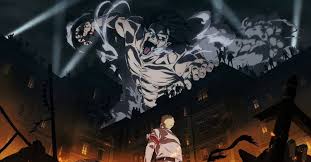

Spoilers Alert
Attack on Titan has been one of the most influential and beloved anime of the past decade. Created by Hajime Isayama, the series quickly gained a massive global fanbase thanks to its intense action, deep storytelling, and shocking twists. Since its debut, both the manga and anime adaptations have kept fans on the edge of their seats, eagerly awaiting each new development.
As the Final Season approached, expectations were sky-high. Fans were excited to see how MAPPA would handle the adaptation of the manga’s climactic moments, especially considering the controversial ending of the source material. Would the anime stay faithful to Isayama’s vision, or would it introduce new elements to change the outcome?
This article explores every major change made in the Final Season compared to the manga. From alterations in pacing and character development to differences in action sequences and the ending, we’ll break down how these changes affect the overall story and impact. Whether you’re a manga reader curious about the adaptation or an anime-only fan wondering what’s different, this guide will give you a complete comparison of the anime vs. manga experience.
Changes in Pacing and Structure
One of the most controversial decisions in Attack on Titan’s Final Season was its unusual release structure. Unlike previous seasons, which followed a more consistent schedule, the final arc was split into multiple parts over several years.
Originally announced as a single "Final Season", the anime was later divided into three parts, with the last part itself being split into two special episodes. This extended release schedule stretched the adaptation from 2020 to 2023, making the final arc last as long as an entire anime series.
In the manga, the final battle and conclusion unfold in a single, continuous flow, keeping the tension high and leading straight to the climax. However, in the anime, the division into separate parts significantly changed the pacing. The long gaps between releases meant that fans had to wait months—or even years—to see the next developments. While this allowed MAPPA to improve the animation quality and polish key scenes, it also led to frustration among fans who felt the story was being dragged out unnecessarily.
The restructuring also affected viewer engagement. Some fans felt the emotional weight of the final moments was lost due to the fragmented storytelling, while others appreciated the extra time given to flesh out key scenes.
Overall, the Final Season’s pacing was a major point of discussion. While the extended release allowed for higher production values, it also altered the story’s momentum, making the final arc feel both stretched and epic at the same time.
Major Storyline Changes

Attack on Titan's final season introduced several notable changes compared to the manga, particularly in key scenes and the progression of the final battle. These alterations have significant consequences for the narrative and have been a topic of discussion among fans.
Changes in Key Scenes
One of the most significant modifications involves the dialogue between Eren Yeager and Armin Arlert. In the manga, Eren's acknowledgment of his genocidal actions led to mixed reactions from readers. The anime adaptation, however, adjusted this dialogue, providing additional context that aimed to address some of the criticisms directed at the original ending. This change offers a more nuanced perspective on Eren's motivations and the moral complexities of his decisions.
Altered or Omitted Moments
The anime also made subtle yet impactful changes to certain scenes to enhance emotional resonance. For instance, the final confrontation between Eren and Mikasa was expanded in the anime, providing a more in-depth exploration of their relationship and the emotional turmoil experienced by the characters. These additions aim to give viewers a more comprehensive understanding of the characters' internal struggles and the gravity of their choices.
Consequences for the Narrative
These changes have several implications for the overall narrative:
Character Depth: By modifying dialogues and expanding key scenes, the anime offers a more layered portrayal of characters, allowing viewers to gain deeper insights into their motivations and conflicts.
Thematic Emphasis: The alterations place a stronger focus on themes such as redemption, sacrifice, and the moral ambiguity of warfare, prompting audiences to engage in critical reflection on these issues.
Fan Reception: While some fans appreciate the added depth and clarity, others feel that the changes deviate from the original vision of the manga. This has led to diverse opinions regarding which version delivers a more satisfying conclusion.
In summary, the final season of Attack on Titan introduces meaningful changes to key scenes and character interactions. These modifications aim to provide a more nuanced narrative, influencing character development and thematic exploration, and have sparked varied reactions within the fan community.
Character Development Differences
In the final season of Attack on Titan, several characters experienced notable differences in their development and portrayal between the anime and the manga. These variations influenced how audiences perceived their motivations and relationships.
Eren Yeager
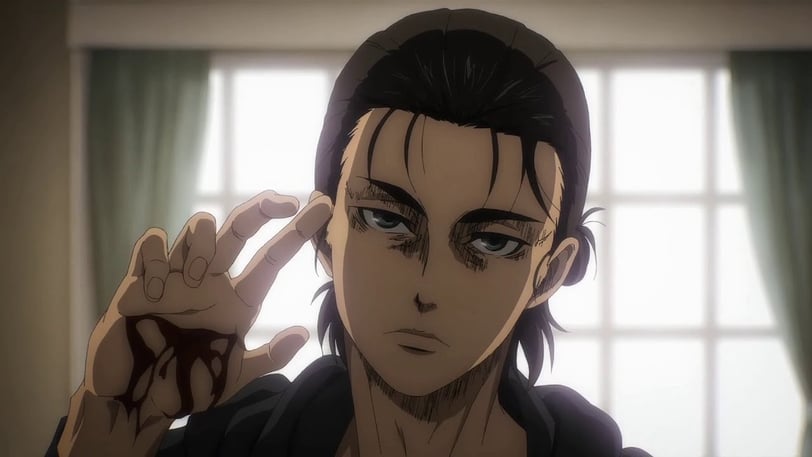

In the anime, Eren's anger and determination are more pronounced, emphasizing his passionate drive to achieve his goals. This portrayal contrasts with the manga, where his character exhibits a more calm and clear-headed demeanor. This difference affects the audience's understanding of Eren's internal struggles and resilience.
Mikasa Ackerman
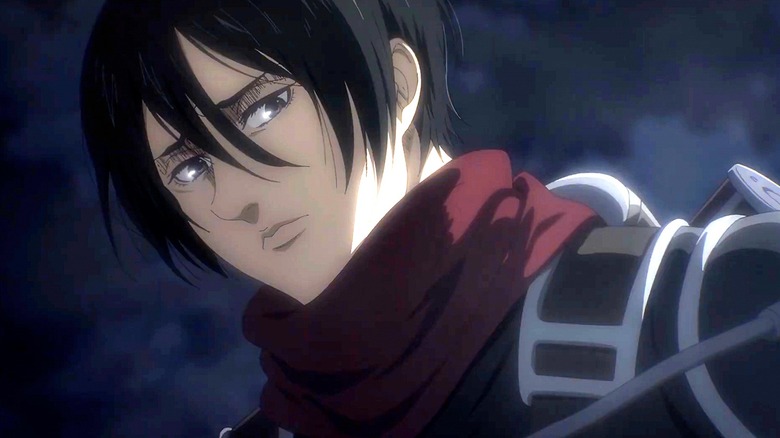

The anime often focuses on Mikasa's dedication to Eren, sometimes at the expense of her interactions with other characters. In contrast, the manga provides a broader view of Mikasa's relationships, showcasing her engagement with various members of the Survey Corps. This expanded portrayal in the manga offers a more well-rounded understanding of her character and motivations.
Armin Arlert
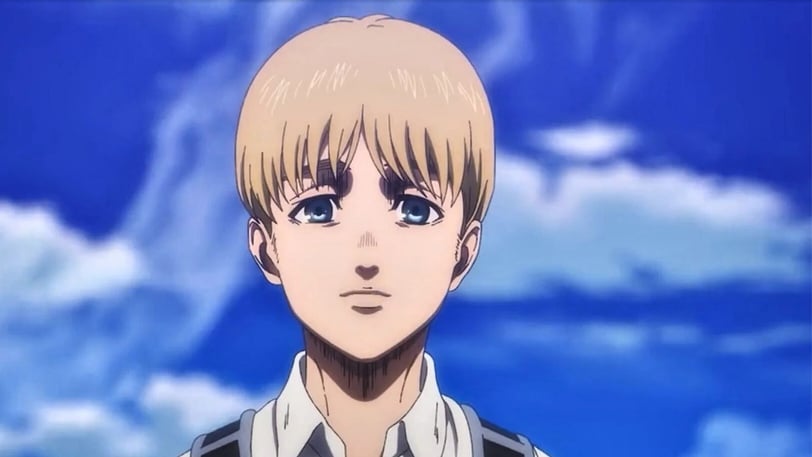

Armin's character exhibits subtle differences between the two mediums. In the anime, he is portrayed with a shy and reserved demeanor, while the manga presents him as more assertive and confident. For instance, in the manga, Armin plays a crucial role in helping Eren out of his Titan form, a scene that is altered in the anime to feature Mikasa instead. These changes influence the perception of Armin's competence and importance within the team.
Levi Ackerman
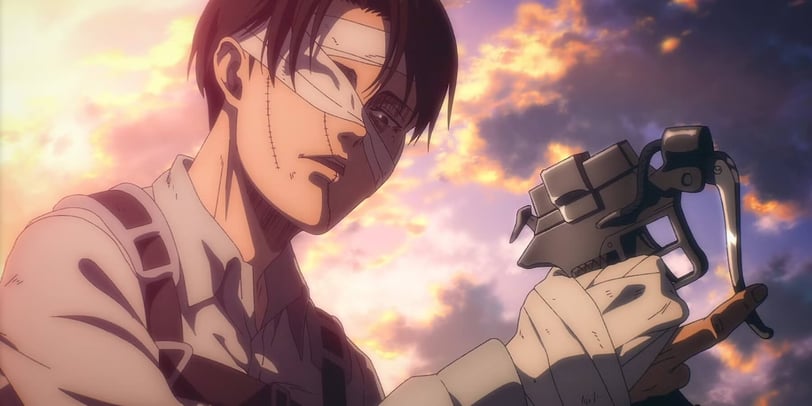

Levi's portrayal also varies between the anime and manga. The anime often depicts him as a stoic and cold leader, whereas the manga includes moments where Levi displays warmth, humor, and even profanity. These additional layers in the manga contribute to a more nuanced and relatable character, highlighting his humanity beyond his role as a soldier.
Impact on Character Perception
These differences in focus, dialogue, and character interactions between the anime and manga significantly impact how audiences perceive the characters. The anime's emphasis on certain traits can lead to a more one-dimensional understanding, while the manga's broader exploration provides depth and complexity. Understanding these variations allows fans to appreciate the richness of each character and the artistic choices made in both adaptations.
Changes in Action and Animation

The transition of Attack on Titan's final season from Wit Studio to MAPPA brought notable differences in animation style, particularly in action sequences and overall visual presentation.
Differences in Animation Style Across Seasons
Under Wit Studio, the first three seasons showcased a vibrant color palette and detailed 2D animation, especially evident in the ODM (Omni-Directional Mobility) gear sequences. These scenes were characterized by fluid motion and a dynamic camera, creating a sense of speed and agility. In contrast, MAPPA's approach in the final season adopted a darker, more muted color scheme, aligning with the series' increasingly somber themes. MAPPA also incorporated more CGI elements, particularly in the depiction of Titans, aiming for a realistic portrayal.
Adaptation of Fight Scenes and Choreography Changes
Wit Studio's handling of fight scenes was marked by intricate choreography and a focus on the acrobatics of human characters using ODM gear. The battles were fast-paced, with an emphasis on aerial maneuvers and close-quarter combat. With the narrative shift in the final season, MAPPA faced the challenge of depicting large-scale battles involving multiple Titans and military forces. The studio employed CGI to manage these complex scenes, allowing for sweeping shots and a broader perspective on the battlefield. While some fans appreciated the epic scope this provided, others felt it lacked the intimacy and fluidity of earlier seasons.
Comparison Between Wit Studio and MAPPA
The shift from Wit Studio to MAPPA resulted in a discernible change in the series' aesthetic and animation techniques. Wit Studio excelled in portraying high-energy action sequences with a vivid visual style, capturing the human struggle against the Titans. In contrast, MAPPA embraced a grittier, more realistic approach, utilizing CGI to depict the sheer scale of conflicts and the evolution of warfare within the story. This change has sparked discussions among fans regarding artistic interpretation, with some preferring the traditional animation of Wit and others appreciating MAPPA's modern, expansive vision.
The Controversial Anime-Original Ending
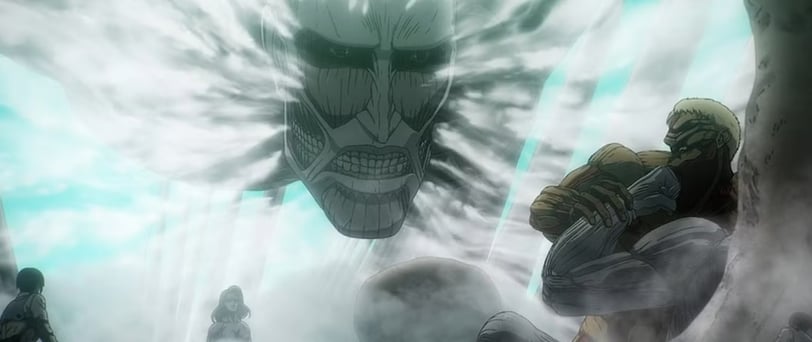

Attack on Titan's anime conclusion introduced several notable differences compared to the manga's ending, sparking extensive discussions among fans.
Differences in the Ending Compared to the Manga
While the anime largely adhered to the manga's narrative, it incorporated additional context and subtle alterations to certain scenes. These changes aimed to provide a more rounded conclusion to the series.
Fan Reactions to the Changes
The anime's ending elicited a spectrum of reactions from the fanbase. Some viewers appreciated the enhanced context, feeling it offered a more satisfying closure to character arcs and plotlines. Others, however, remained critical, believing that the changes did not sufficiently address the controversies present in the original manga's conclusion. This division highlights the passionate engagement of the series' audience and their investment in the story's outcome.
Theories About the Meaning Behind the Alterations
Several theories have emerged regarding the intent behind the anime's deviations from the manga. One prevalent theory suggests that the creator, Hajime Isayama, used the anime adaptation as an opportunity to refine his original vision, addressing fan feedback and his own reflections on the story's themes. Another theory posits that the changes were made to align the ending more closely with the anime's unique narrative pacing and character development, ensuring a cohesive conclusion for viewers who may not have read the manga. These interpretations underscore the complexity of adapting a beloved series across different mediums and the challenges inherent in satisfying a diverse fanbase.
In summary, the anime-original ending of Attack on Titan serves as a testament to the dynamic relationship between creators and audiences, illustrating how storytelling can evolve through adaptation and the incorporation of diverse perspectives.
Conclusion
Throughout Attack on Titan’s final season, several notable changes were made in its adaptation from the manga, including pacing adjustments, altered character focus, animation differences, and a controversial anime-original ending. These modifications reshaped the viewer’s experience, sometimes adding more depth but also sparking debates among fans.
When comparing both versions, the manga remains the purest form of Hajime Isayama’s original vision, with a consistent tone and structure. However, the anime’s adaptation choices, particularly in the final episodes, expanded certain themes and provided a more cinematic perspective on the story. For some fans, the anime’s changes refined the conclusion, while others preferred the raw impact of the manga’s ending.
Ultimately, the importance of anime adaptations lies in their ability to bring a story to life in new ways. While some alterations may be controversial, they also allow for creative reinterpretation and expanded storytelling. Attack on Titan’s final season, whether viewed as faithful or divisive, remains an ambitious and unforgettable adaptation that successfully delivered the epic conclusion of one of the most influential anime of all time.
Read Also: Attack on Titan Ending Explained: What Really Happened and Why Fans Are Divided
Read Also: 13 Hidden Details in Attack on Titan You Definitely Missed
Read Also: Eren Yeager: Hero or Villain? The Truth Behind His Evolution
